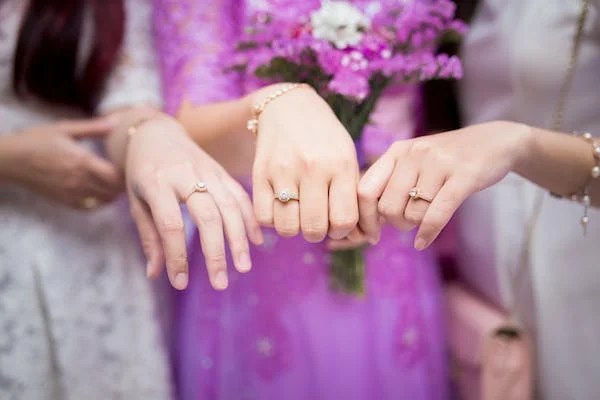Getting down on one knee has long been a traditional gesture symbolizing love, devotion, and the intention to propose marriage. This timeless act, accompanied by the presentation of an engagement ring, holds deep cultural signifcance and has evolved over centuries. In this article, we delve into the history of getting down on one knee and explore the role of engagement rings in this cherished tradition.
The act of proposing on bended knee dates back to ancient times, rooted in various cultural and historical practices. In medieval Europe, the custom of knighting involved kneeling before a noble or monarch, signifying loyalty and commitment. This display of humility and respect later transitioned into romantic gestures, where suitors would kneel before their beloved to express their desire for a lifelong commitment.
Engagement rings, as we know them today, emerged during the Renaissance period. These rings were often ornately designed, adorned with gemstones or engraved with intricate patterns, and served as a symbol of the betrothal between two individuals. The circular shape of the ring represented eternity, with no beginning or end, signifying the everlasting nature of love and commitment.
The tradition of getting down on one knee gained further popularity during the Victorian era. This period was marked by a renewed focus on romance, sentimentality, and the ideals of courtly love. Men would kneel before their intended partners, presenting them with a carefully chosen engagement ring as a token of their affection and commitment. This gesture was often accompanied by heartfelt words expressing love and a desire for lifelong partnership.
Over time, the act of getting down on one knee has become deeply ingrained in modern proposals, transcending cultural and geographical boundaries. It is seen as a symbolic act of respect, vulnerability, and the earnest intention to create a life together. While the practice of proposing on bended knee is not mandatory, many individuals choose to uphold this tradition.



